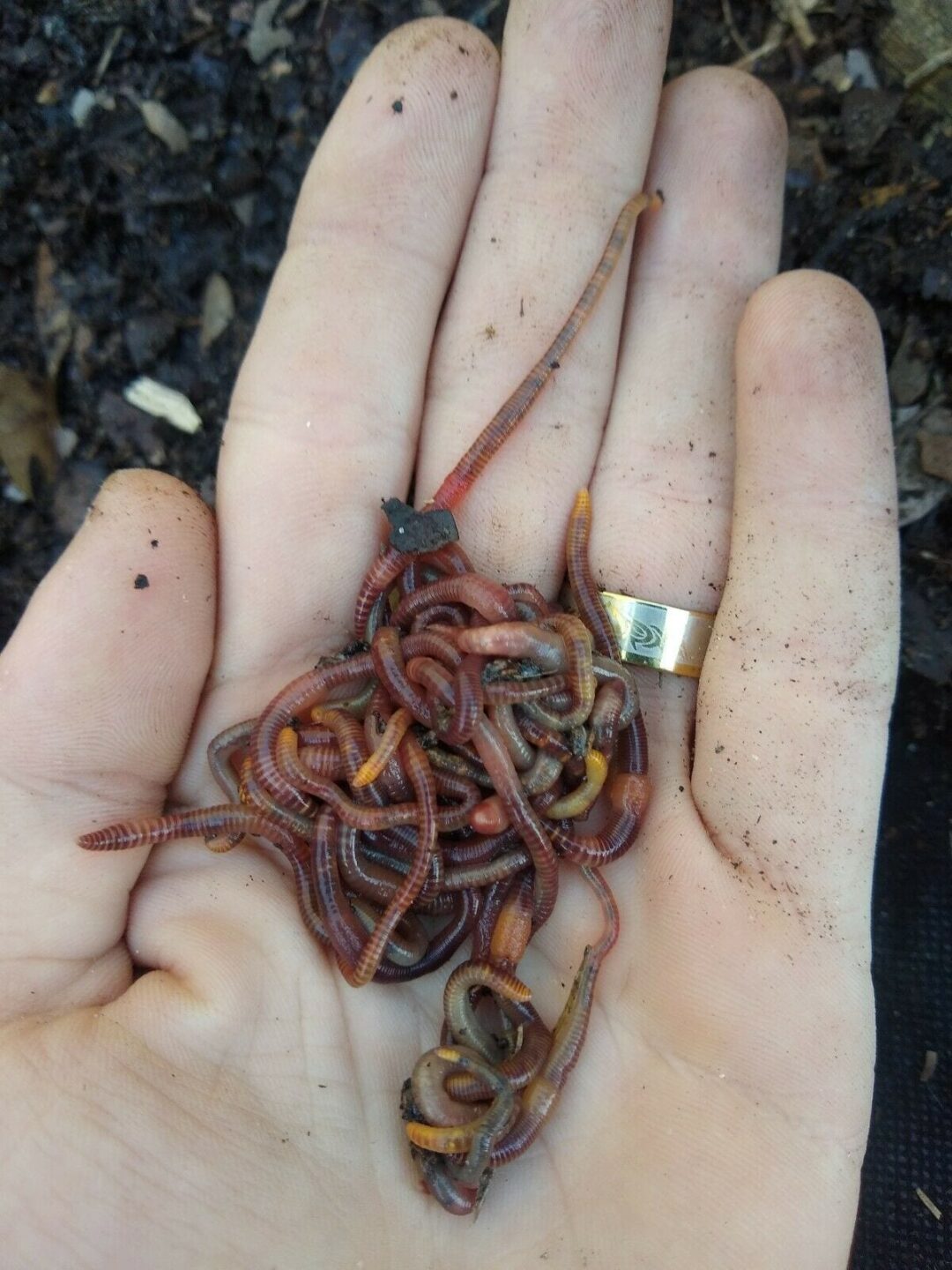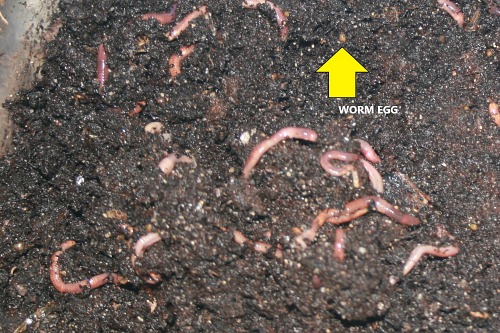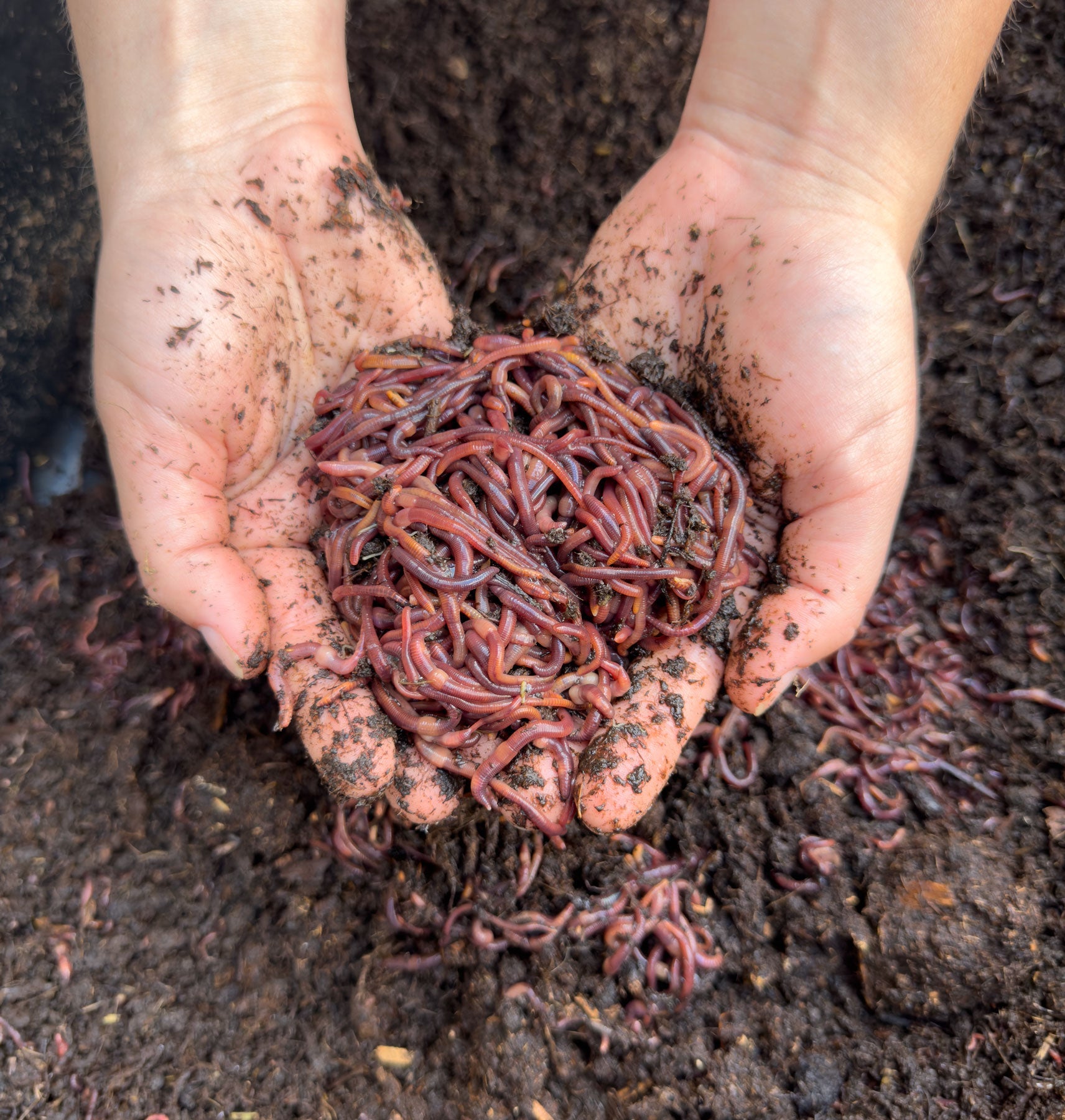Discover Why Lake Hickory Bait is the Best Choice for Yard Care
Discover Why Lake Hickory Bait is the Best Choice for Yard Care
Blog Article
Red Wigglers: The Unsung Heroes of Organic Waste Recycling
Red wigglers, or Eisenia fetida, serve as important representatives in the organic waste reusing procedure, changing disposed of products right into valuable vermicompost. As the world significantly looks for solutions to combat waste build-up and enhance agricultural efficiency, understanding the function of these worms comes to be important.
What Are Red Wigglers?
The remarkable strength of red wigglers, medically referred to as Eisenia fetida, underscores their vital role in natural waste recycling. These little, reddish-brown earthworms are usually found in decaying organic matter, such as compost heap and manure stacks. Lake Hickory Bait. Unlike other earthworm species, red wigglers thrive in nutrient-rich settings and are very reliable at damaging down natural materials, making them crucial for vermicomposting

(Red Wiggler Express)Along with their role in waste reduction, red wigglers add to soil health and wellness by improving soil structure and oygenation through their burrowing activities (Lake Hickory Bait). Their existence in composting systems not just improves disintegration prices yet likewise promotes a sustainable approach to waste administration, highlighting their importance in environmental preservation initiatives
Advantages of Composting With Worms
Composting with worms, particularly red wigglers, uses numerous advantages that enhance both waste management and soil health. Initially, these worms successfully damage down natural waste, transforming it right into nutrient-rich vermicompost that improves dirt. This process increases disintegration, enabling a much faster recycling of cooking area scraps and other organic materials compared to traditional composting approaches.
In addition, the vermicompost produced by red wigglers is including advantageous microorganisms, which help improve soil framework, oygenation, and wetness retention. This improves the overall health of plants, promoting strenuous development and enhanced yields in gardens and agricultural settings. The use of worms in composting decreases the manufacturing of greenhouse gases, such as methane, contributing to a more lasting waste monitoring system.

Exactly How to Beginning Vermicomposting
Developing a vermicomposting system is a straightforward process that can produce substantial advantages for both waste monitoring and soil enrichment. To begin, pick a suitable container, such as a plastic bin or wooden box, with appropriate air flow holes to make certain correct airflow. The dimensions ought to ideally be around 2 feet by 3 feet, enabling ample area for the worms to flourish.
Next, prepare bedding material, which can include shredded newspaper, cardboard, or coconut coir. This bedding must be dampened to develop an ideal environment for the worms. As soon as the bed linens remains in area, present red wigglers (Eisenia fetida) right into the container, generally around one pound of worms for each square foot of area.
Following the positioning of worms, add natural waste, such as vegetables and fruit why not find out more scraps, coffee grounds, and crushed eggshells. Prevent adding dairy, meat, or oils, as these can create smells and bring in bugs. Finally, place the container in a shaded, temperature-controlled area to keep optimum problems for worm activity. With these actions, you will successfully start a vermicomposting system that adds to lasting waste administration and enriches your dirt.
Preserving a Healthy Worm Container
(Red Wiggler Express)Maintaining a worm container flourishing needs routine interest and like guarantee the health and wellness of the red wigglers and the efficiency of the composting procedure. Correct maintenance starts with monitoring the wetness degrees; the bin should be wet but not saturated. An excellent guideline of thumb is to keep an uniformity similar to a wrung-out sponge.
Delicately mixing the bedding and food scraps every couple of weeks stops compaction and ensures that all worms have accessibility to oxygen. Additionally, it is important to feed the worms appropriately.
If the container becomes also warm or cool, the worms might come to be stressed. By carefully managing these variables, one can keep a robust and effective worm bin.
Influence on Lasting Living
The effective maintenance of a worm bin not only profits the health of red wigglers yet also adds substantially to lasting living methods. By reusing natural waste, such as kitchen scraps and yard debris, red wigglers help draw away substantial amounts of material from garbage dumps. This reduction in waste not only decreases greenhouse gas emissions however also decreases the environmental concern related to waste administration.
Additionally, the castings produced by red wigglers act as a nutrient-rich organic plant food, improving soil health and advertising plant development. This all-natural option to chemical fertilizers sustains lasting agriculture and gardening techniques, reducing reliance on synthetic inputs that can damage environments. In addition, worm composting cultivates awareness of waste administration, encouraging people and neighborhoods to embrace even more lasting routines.

Verdict
In recap, red wigglers serve as important contributors to natural waste reusing with their effective disintegration of organic materials. By incorporating vermicomposting right into waste administration techniques, individuals and communities can dramatically lower waste while advertising environmental sustainability.
Report this page